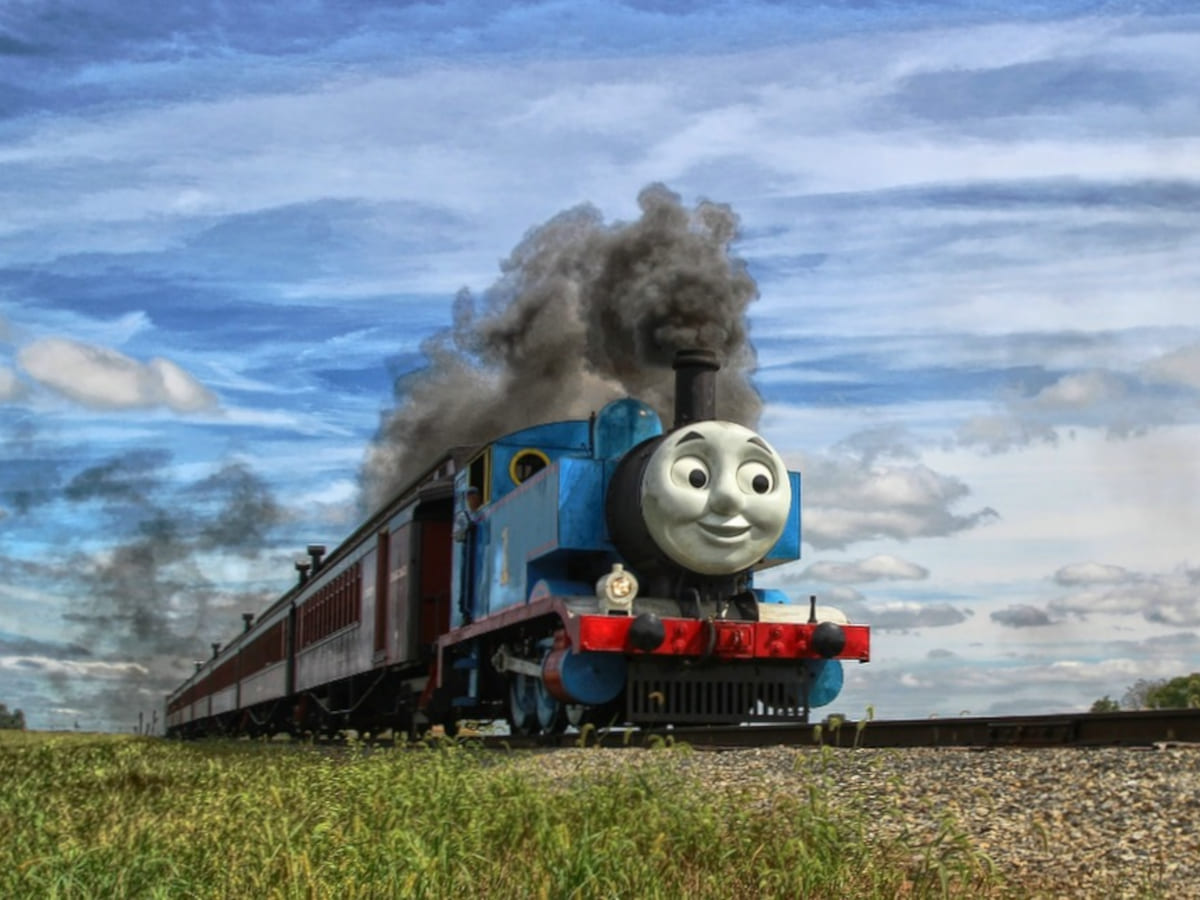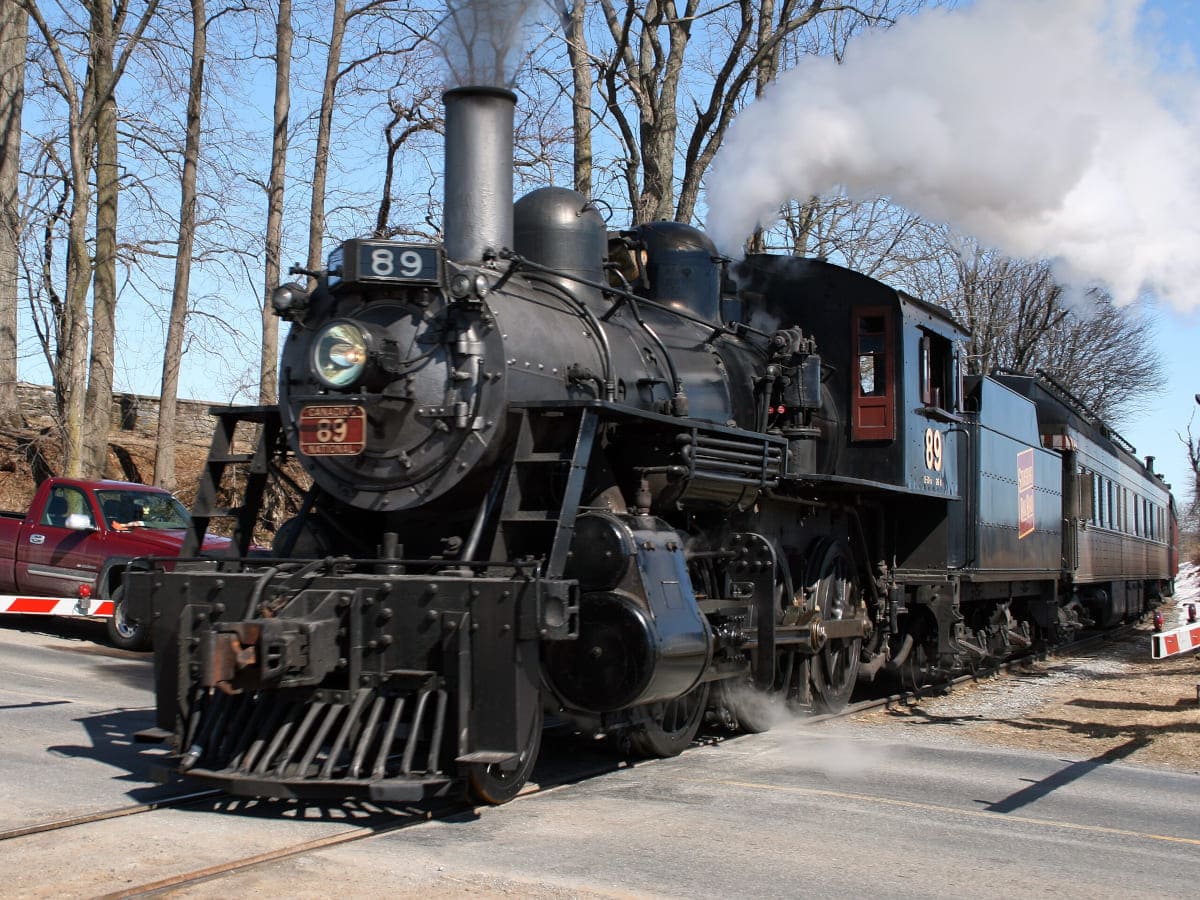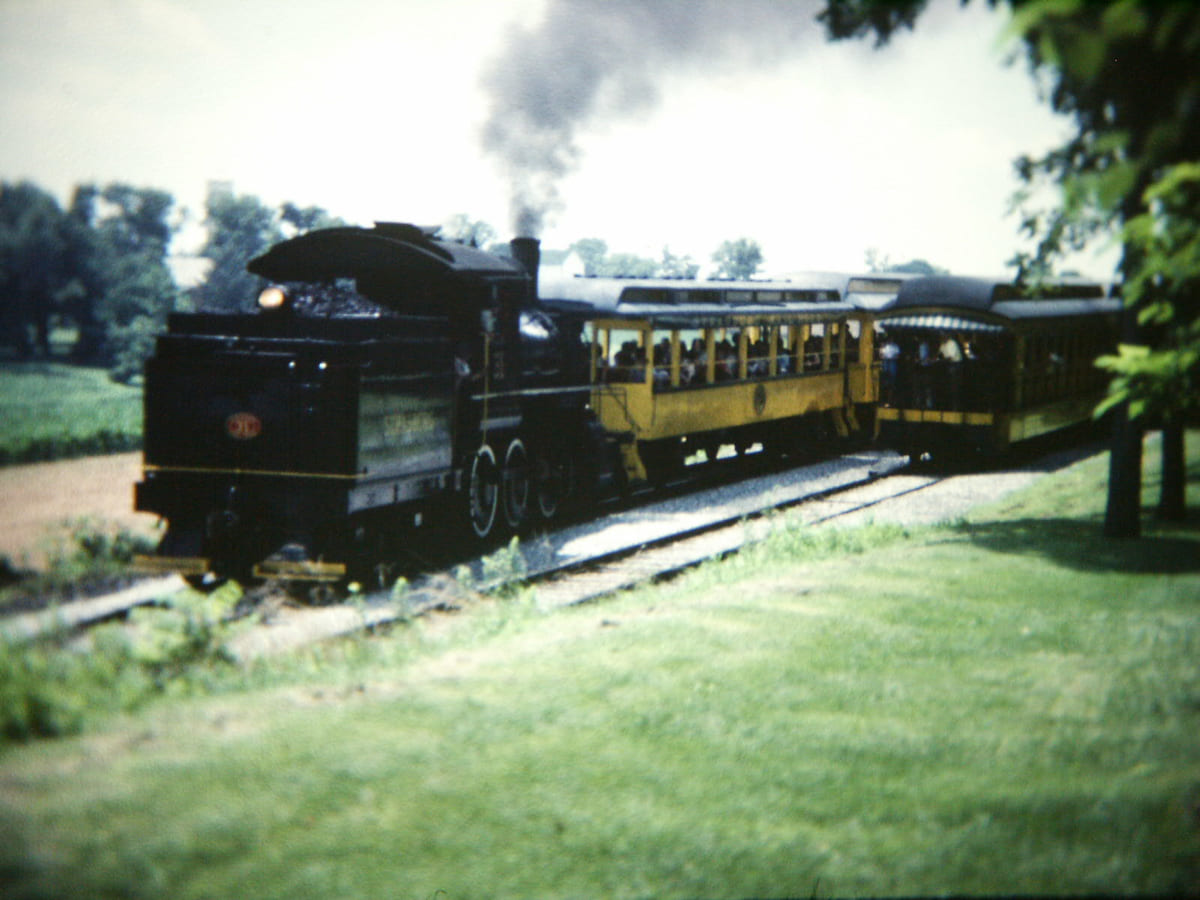IATR 50 and IATR 54

IATR 50 and IATR 54 are two historic steam locomotives operated by Iowa Traction Railway. Built in the 1920s, these electric locomotives were part of an interurban system that connected several Iowa communities. They represent an era when electric traction was seen as the future of rail transportation.
After decades of service, the Iowa Terminal Railroad and the trains were purchased by Dave Johnson in 1987. He renamed Iowa Terminal Railroad Iowa Traction Railroad, and in 2012, Progressive Rail, a shortline holding company, purchased the railroad and renamed it Iowa Traction Railway.
Brooklyn Eastern District Terminal 15

Brooklyn Eastern District Terminal 15 is a small 0-6-0 steam locomotive built in 1916 by H.K. Porter, Inc. This tank engine was designed for industrial use, specifically for the Brooklyn Eastern District Terminal, a railroad that served the busy waterfront area of Brooklyn, New York.
Known for its compact size and maneuverability, BEDT 15 operated in tight spaces, moving freight cars between ships and warehouses. After years of service, it was retired in 1963 but put back into service nearly two years later by Southern Appalachian Railway. In 1975, it was purchased by Toledo, Lake Erie, and Western Railway, who put it on display until Strasburg Rail Road purchased it in 1998 and put it back into service once again. It was converted into a replica of the iconic Thomas the Tank engine.
Canadian National 89

Canadian National 89 is a 4-6-0 steam locomotive built in 1910 by the Canadian Locomotive Company. This "Mogul" type engine was designed for mixed traffic duties, capable of hauling both passenger and freight trains. It served the Canadian National Railway system for many years, demonstrating versatility across various routes.
After serving various railroads, it made its way to the Pennsylvania Railroad, which rebuilt it and put it back into service in the late ‘80s. Since then, it has been repainted to its 1950s appearance, and its logo has been re-lettered to say "Strasburg Rail Road.”
Norfolk and Western 475

Norfolk and Western 475 is a steam locomotive built in 1906 by Baldwin Locomotive Works. This 4-8-0 Mastodon-type engine served the Norfolk and Western Railway, primarily hauling freight and occasionally passenger trains. Known for its reliability and power, it operated until 1959, when diesel locomotives began to dominate.
After retirement, it was sold to a scrapyard in Virginia in 1961, and there it remained until it was sold to William Armagost of Pennsylvania. However, while his plans to restore the train fell through, the train was sold off a few times until Strasburg Rail Road bought it, restored it, and put it back into service.
Schynige Platte Railway Locomotives

The Schynige Platte Railway opened in 1893, boasts some of the oldest operating rack locomotives in the world. These unique trains climb the steep slopes between Wilderswil and Schynige Platte in Switzerland's Bernese Oberland. The original steam locomotives, built by SLM Winterthur, were later joined by electric ones.
These historic trains feature a cogwheel system to navigate the challenging mountain terrain. Still in regular service, they offer tourists breathtaking views of the Swiss Alps.
GKB 671

The GKB 671, or "Stainz," is a narrow-gauge steam locomotive built in 1892 for the Graz-Köflacher Railway in Austria. Constructed by Krauss & Co. in Linz, this 0-6-2T locomotive served for decades on various branch lines.
Despite its small size, the GKB 671 proved to be a reliable workhorse, handling both passenger and freight duties. After retirement from regular service, it was preserved and now operates on heritage railways – with a few modifications.
The Fairy Queen

Built in 1855, the Fairy Queen is one of the oldest steam locomotives still in operation. This historic train, manufactured by Kitson, Thompson, and Hewitson in Leeds, England, was initially used by the East Indian Railway Company. After years of service, it was retired in 1909.
However, in 1997, it was restored to its former glory and now operates as a tourist attraction in India. The Fairy Queen holds the Guinness World Record for being the oldest steam locomotive in regular service. Its revival symbolizes the preservation of railway heritage and offers passengers a unique glimpse into 19th-century rail travel.
Canadian National 7312

Canadian National 7312 is a steam locomotive built in 1919 by Baldwin Locomotive Works for the Canadian Locomotive Company. This 0-6-0 switcher engine was designed for yard operations and short-haul freight duties. It served the Canadian National Railway for several decades, playing a crucial role in the efficient movement of rail cars within busy terminals.
After retirement from regular service in 1959, the 7312 was purchased by Strasburg Rail Road and put into service in 1960. In 2009, it was taken out of service for inspection and overhaul – a process that takes 15 years - so, any day now…
Great Western 90

Great Western 90 is a broad gauge steam locomotive built in 1924 for the Great Western Railway of Colorado.This locomotive, a member of the "Decapod" class, was built for freight services.
Great Western Railway eventually sold the locomotive to Strasburg in 1967, where it has remained ever since. However, it was taken out of service in 2024 to undergo its 1,472-day inspection.
Union Pacific 4014

Union Pacific 4014, known as "Big Boy," is one of the largest and most powerful steam locomotives ever built. Constructed in 1941 by the American Locomotive Company, this 4-8-8-4 articulated locomotive was designed to haul heavy freight trains over the mountainous terrain of the western United States.
After decades of retirement, UP 4014 was restored to operational condition in 2019, making it the only operational Big Boy in the world. Its revival and occasional tours across the country have reignited public interest in steam technology. This behemoth serves as a rolling museum, demonstrating the pinnacle of steam locomotive engineering and the ambition of America's railroads in the mid-20th century.
 Author
James Stephens
Last Updated: May 27, 2025
Author
James Stephens
Last Updated: May 27, 2025